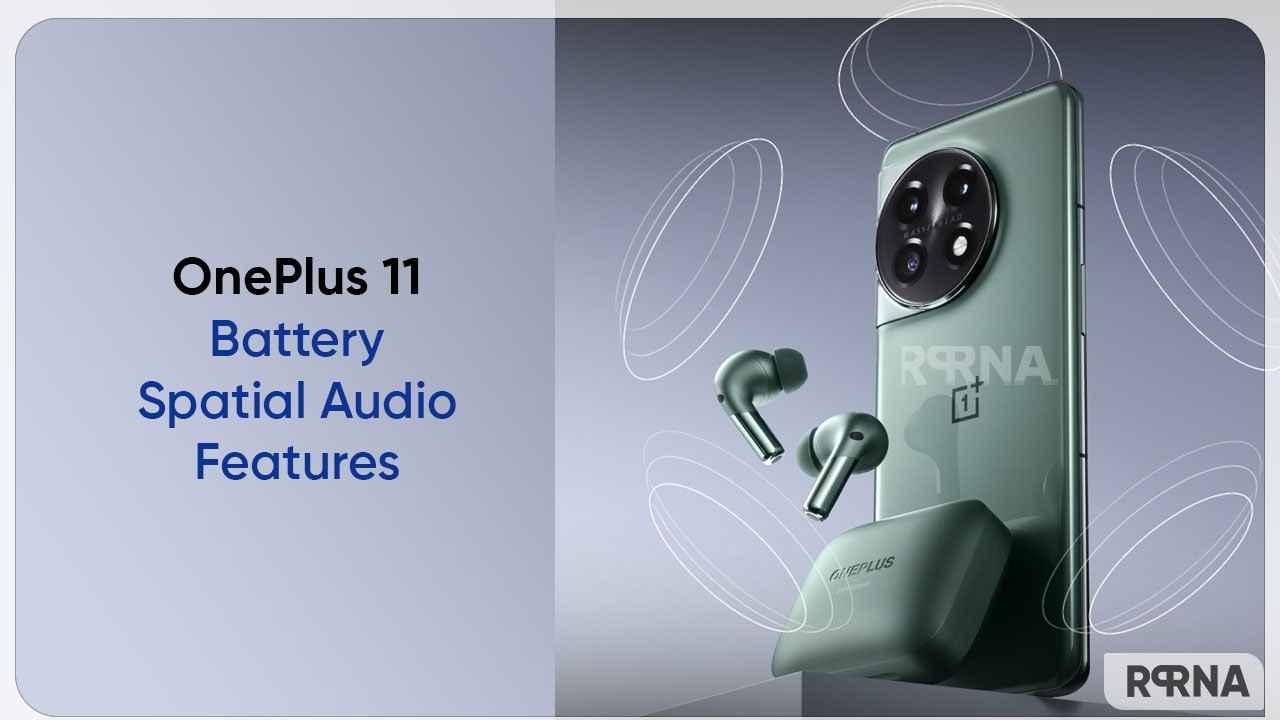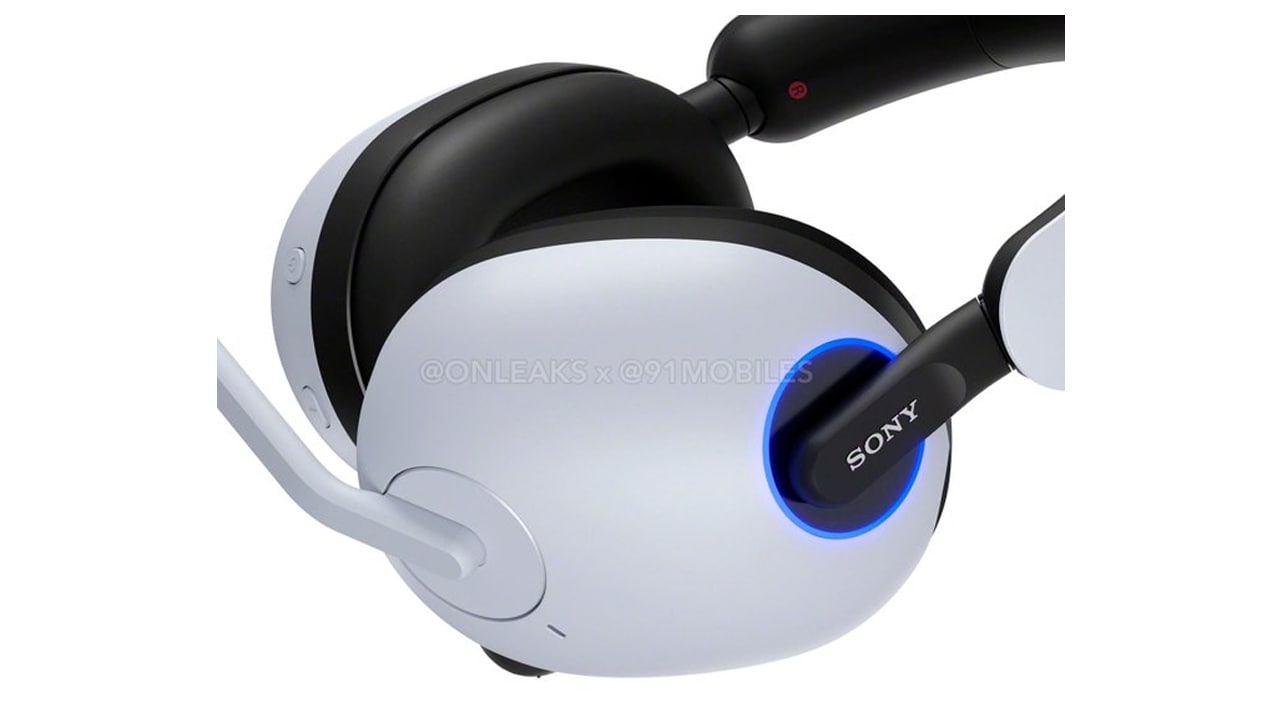Search results for "Spatial Audio"
-

 677Phones
677PhonesGoogle Pixel Fold can support Spatial Audio via built-in speakers
Google Pixel Fold is the first Pixel device that can support Spatial Audio through its in-built speakers. Of course, other handsets also...
-

 1.1KNews
1.1KNewsOnePlus Pad grips July 2023 OxygenOS update with Spatial Audio support
OnePlus Pad is receiving the July 2023 firmware update that brings a bunch of new capabilities on board. However, the major highlight...
-

 643Wearables
643WearablesOnePlus Buds Pro 2 to bring the latest Android 13 spatial audio feature
OnePlus is speeding up the preparations for the Cloud 11 global launch event. Accordingly, worldwide users will get the first-ever glance at...
-

 612News
612NewsOnePlus Buds Pro 2 launched with 49dB noise cancellation and spatial audio support
Today, OnePlus has launched the flagship Buds Pro 2 devices in the native region (China). The ‘true wireless’ noise-canceling earbuds have finally...
-

 514Phones
514PhonesOnePlus 11 officially teased for powerful battery and Spatial audio features
OnePlus 11 has once again made its space in trendy topics for its powerful battery and amazing Spatial audio support. The company...
-

 1.1KElectronics
1.1KElectronicsSony INZONE H9, H7, and H3 gaming headsets revealed, support 360 spatial audio
Sony is preparing to launch INZONE H series gaming headsets, including three H9 / H7 / H3 models, and the renderings have...
-

 518Wearables
518WearablesApple AirPods 3 battery life will reduce to 5 hours on enabling spatial audio
Recently, Apple announced the third-generation AirPods. According to the officials, these buds bring spatial audio support and are equipped with IPX4 sweat...
-

 418News
418NewsApple Music for Android officially supports spatial audio and lossless music
Apple updated the Android version of the Apple Music application, officially introducing support for spatial audio and lossless music, bringing the same...
-

 7.0KUpdates
7.0KUpdatesAirPods 2 and AirPods Pro receiving Spatial Audio support with new update
Apple is rolling out a new 3A283 firmware update for Airpods 2 and AirPods Pro which introduces support for Spatial audio. This...
-

 469News
469NewsAlleged Apple iPhone Ultra may capture Spatial images for Vision Pro
Apple iPhone Ultra – It’s a new term that we are hearing these days in the headlines and it looks like this...
